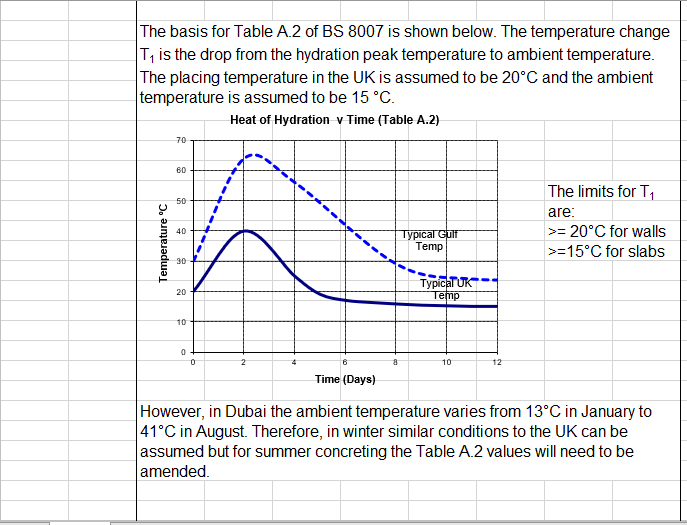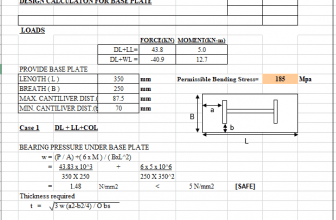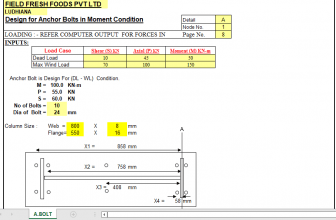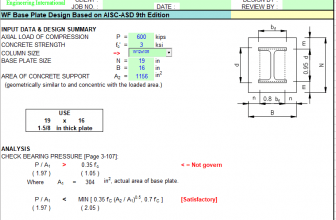
Early-age thermal cracking occurs when the tensile strain, arising from either restrained thermal contraction or a temperature differential, exceeds the tensile strain capacity of the concrete. In high strength concretes autogenous shrinkage may also contribute to early contraction.
DESIGN PHILOSOPHY
It is proposed to minimise the number of movement joints in the structures by designing the elements as fully continuous construction to BS8007 between movement joints. Sufficient reinforcement will be provided to control cracking of the concrete due to thermal and shrinkage movements.
Where appropriate, loading due to environmental temperature effects also will be included in the element design. BS8007 will normally be used as the basis of the design, however the following documents are also referred to. These reports will be used where they supersede/clarify BS8007:
- Early Age Thermal Crack Control in Concrete, CIRIA Report No 91, 1992.
- Large Area Pours for Suspended Slabs: A Design Guide, Issue 3,
Reinforcing Links, published by the British Cement Association, 1993.
Four types of restrained movement are considered, namely:
- Heat of Hydration Effects.
- Seasonal Temperature Variations.
- Shrinkage Effects.
- Differential Temperature Variations.
Normally, only effects 1, 2 and 3 apply. Differential temperature effects need only be considered where there is a significant temperature difference across an element e.g., solar gain in roofs, etc.





